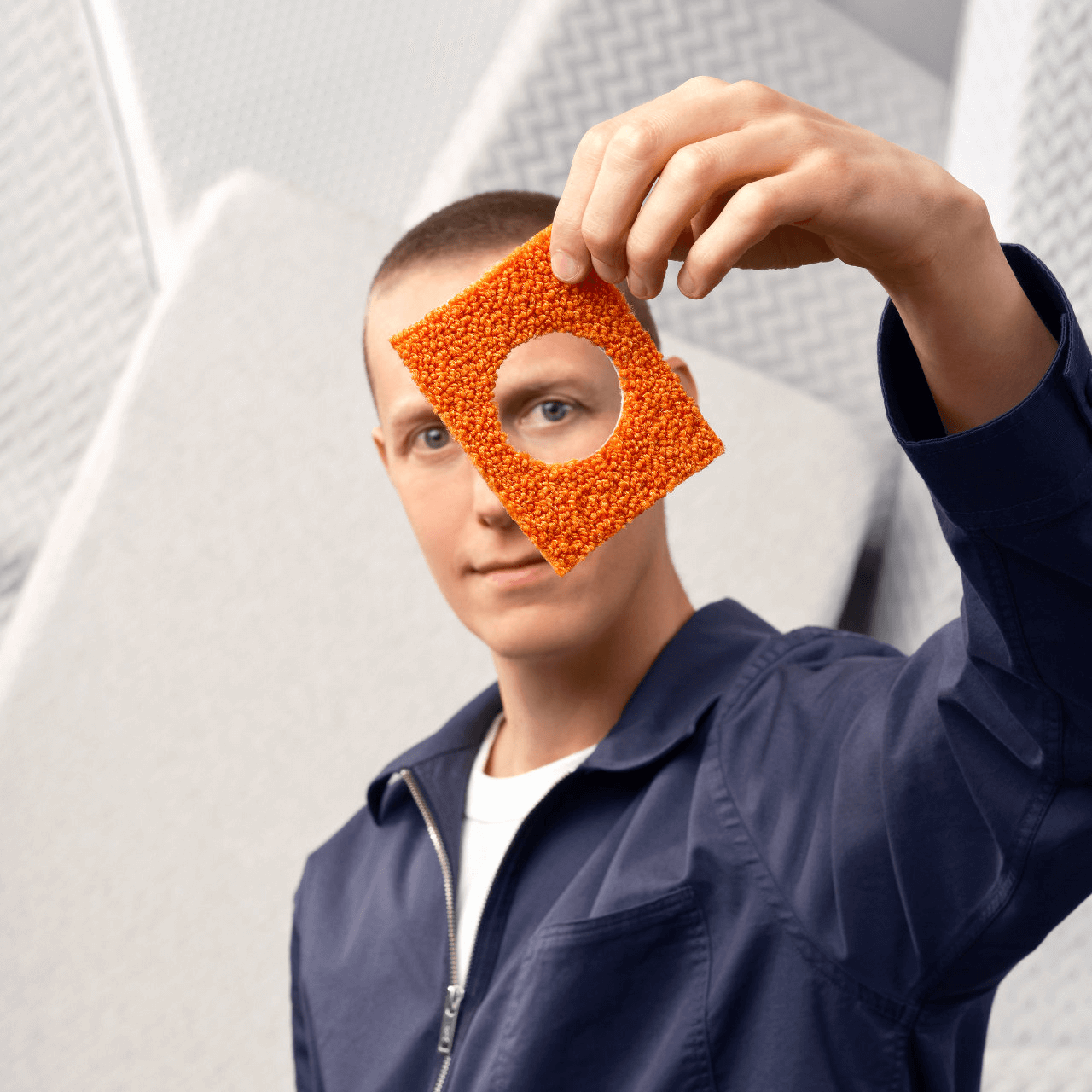We're better together
How we collaborate

News
Did you know that not all plastics are the same? Not only do they vary in color, use and chemical composition, but some are reusable, whereas others are not. Which means that some can be recycled, others not.
In fact, plastic is a collective name for a multitude of man-made polymers. These polymers/plastics can be divided into polymer families such as polyolefins, polyesters, polyamides, and more. Each has its own particular properties and use cases.
Importantly, three such polymers – polyester, polyethylene and polypropylene – are considered as being recyclable. Of these, polyester is the most compatible with a circular economy, because it can be recycled back into its original molecules. The most well-known polyester is PET (polyethylene terephthalate), which in its highest quality is food-grade and widely used for manufacturing bottles.
But polyester can be used for more than for bottles only. For instance, our partners use polyester yarn in carpets and mattresses and mattress covers, that have been designed for circularity. This means such products can be recycled into new, same high-quality carpets and mattresses at end of use.
This is because polyester can be used again and again. If kept clean! At Niaga®, together with our partners, we strive to keep polyester clean by not adding other materials or substances to it. We do so, by redesigning products for circularity and making maximum use of the beneficial properties of polyester.
At the end of use of a product, recyclers can do their bit in keeping polyester clean by keeping clean post-consumer plastics in a separate recycling stream. In this way, clean plastic is not contaminated by other plastics or materials that can contain harmful substances.
These 5 ways to ensure that plastic can be used again and again, are also applicable to all other clean and infinite materials that we want to use for the circular economy. Key also is that, materials get returned at end of use for recycling. Because, at the end of the day, a material (whatever it may be) is only circular if it is used again!
Our partners in the carpet, mattress and furnishing industries are showing that recyclable, clean and infinite plastics can be applied, recovered and recycled in such a way that they can be used to make same or similar, high-quality products. In this way, plastic can make a significant contribution to the circular economy.